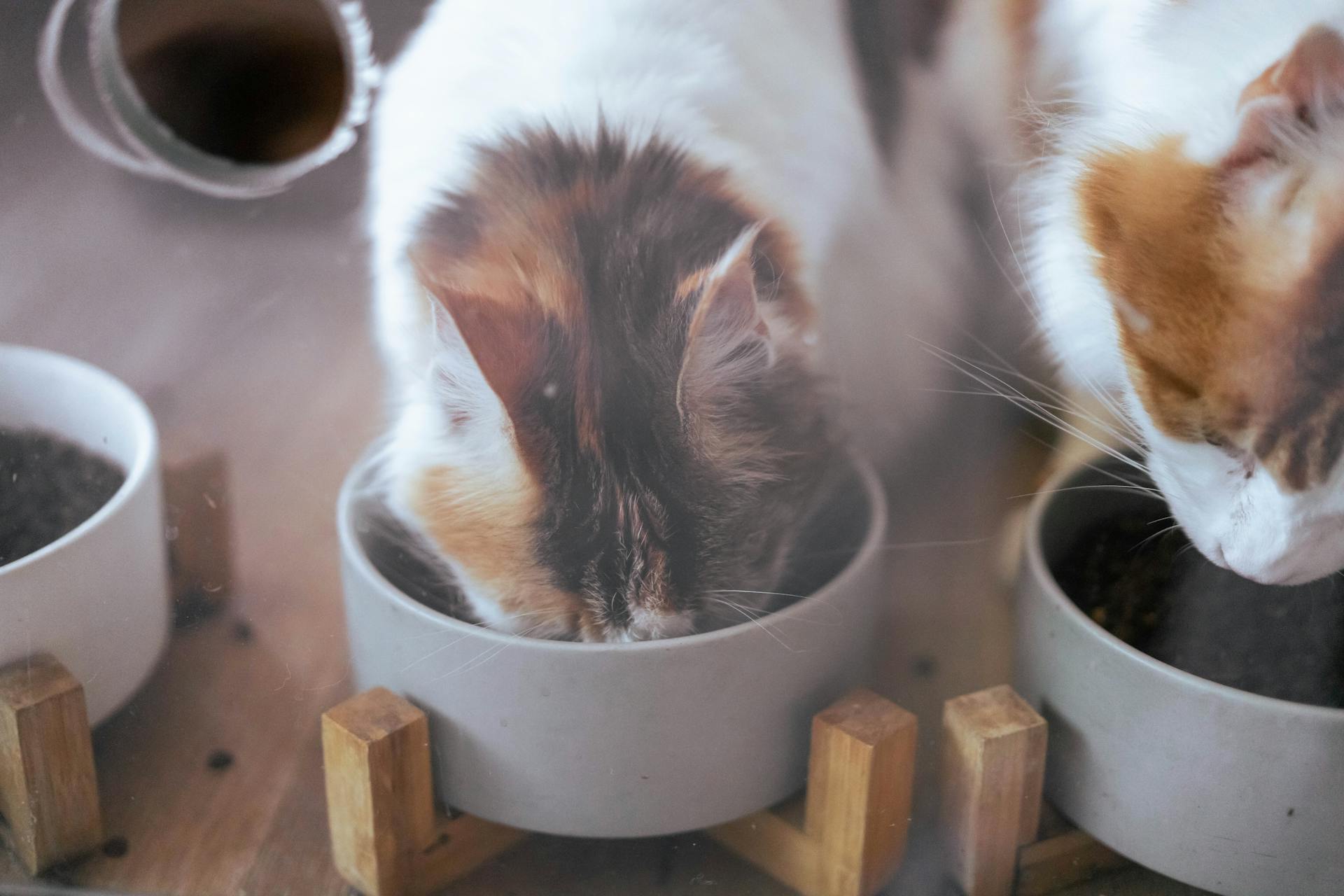Creating a calming atmosphere for meditation and yoga is important for a peaceful experience. Indoor fountains can transform your space into a serene oasis, making it easier to focus and relax.
The gentle sound of flowing water acts as a natural sound machine, blocking out distractions and promoting deep concentration.
You might wonder how to integrate such a feature into your sanctuary. Consider the placement of your indoor fountain in a meditative or yoga area to maximize its soothing effects. The design and style should complement your space, adding both beauty and tranquility to the room.
Selecting from a variety of indoor fountains can personalize your peaceful retreat. Whether you choose a small tabletop option or a larger wall-mounted fountain, the right choice can promote a calming environment, enhance mood, and support mental clarity.
Improving Meditation and Yoga Spaces with Indoor Fountains
Indoor fountains can play a key role in creating a calming atmosphere for meditation and yoga. From promoting relaxation to adding aesthetic appeal, they can transform your space into a sanctuary for mindfulness and tranquility.
The Role of Water Features in Promoting Relaxation and Mindfulness
Water features like indoor fountains provide a soothing backdrop for meditation and yoga. The gentle sound of flowing water helps drown out external distractions, allowing you to focus better. This calming effect encourages mindfulness, making it easier for you to remain present during your practice. The visual aspect of a fountain can also be meditative, offering a serene focal point that helps anchor your thoughts.
Understanding the Therapeutic Benefits of Fountains
Indoor fountains are known for their therapeutic benefits. The presence of flowing water can improve mental well-being by promoting feelings of relaxation and serenity. This sensory experience can help lower stress levels and improve emotional balance. As a result, integrating a fountain into your meditation space can contribute to a more peaceful and restorative environment.
Types of Fountains and Their Impact on Meditation Spaces
There are several types of fountains that you can use to improve your meditation or yoga area. Wall-mounted fountains save space and create gentle water sounds. Tabletop fountains offer flexibility and can be easily moved to suit your needs. Free-standing floor fountains can become a central aesthetic element, adding beauty and tranquility to your environment.
Design Principles for Integrating Fountains into Meditation and Yoga Areas
When adding a fountain to your meditation or yoga space, consider a few key design principles. Position the fountain near seating areas to provide a tranquil backdrop during your practice. Choose a design that complements the aesthetic of your room, using soft materials and natural colors. Lighting is also important; soft lighting can further improve the relaxation provided by the fountain, creating a peaceful atmosphere ideal for mindfulness exercises.
Practical Considerations for Indoor Fountains in Meditation and Yoga Spaces
Several factors can influence the effectiveness of indoor fountains in meditation and yoga spaces. It’s important to consider the fountain’s size and scale, the materials and lighting used, and the maintenance required to keep the atmosphere serene.
Selecting the Right Size and Scale for Your Space
Choosing the correct size and scale of the fountain is important to create a peaceful environment. A fountain that’s too large can dominate a small room and become distracting. Conversely, a small fountain may not have the desired impact in a large space. For meditation or yoga rooms, select a fountain that complements the space without overwhelming it.
Think about where to place your fountain. Positioning it near natural light sources can improve its presence. Be mindful of how the water flow sounds. A gentle, soothing sound promotes calmness, while a stronger flow might be disruptive. Balancing these elements will help you create a tranquil atmosphere.
Materials, Lighting, and Acoustics: Improving the Sensory Experience
The materials you choose for your fountain can greatly affect the feel of your space. Stone, ceramic, or glass provide unique aesthetics and are often used for their natural look. When selecting materials, consider how they align with the rest of your room’s décor.
Lighting also plays a key role. Using soft lighting, like warm LEDs or paper lanterns, can create a calming ambiance and highlight your fountain beautifully. Additionally, the sound of flowing water can mask unwanted noise, offering a natural white noise effect that improves concentration. Pay attention to acoustics, as the wrong placement or intensity can lead to noise pollution instead of relaxation.
Maintenance Essentials for Lasting Tranquility
Regular maintenance is necessary to keep your fountain functioning well and looking attractive. This includes cleaning the fountain and checking the pump to prevent malfunctions. Regular cleaning helps prevent build-up of algae and minerals.
Choose a fountain that aligns with your time commitment. Models with simpler maintenance tasks might suit you better if you have a busy schedule. Maintaining your fountain not only prolongs its lifespan but also keeps it visually and acoustically pleasing. Keeping these considerations in mind helps you maintain a serene space that’s conducive to meditation and yoga.
Conclusion
Indoor fountains create a peaceful environment for meditation and yoga spaces. They offer soothing sounds and visual stimulation, helping you focus and relax.
Placing a fountain near your seating or practice area improves the calming atmosphere. Indoor fountains can also reduce stress, which benefits your mental well-being.
Using these elements in your space can improve your mindfulness practices and create a more serene setting.








